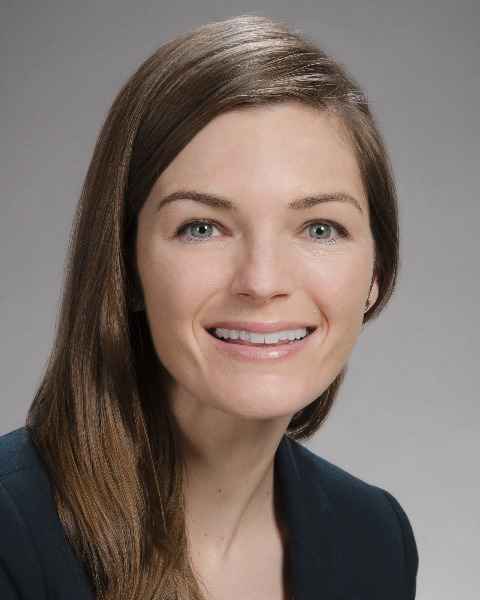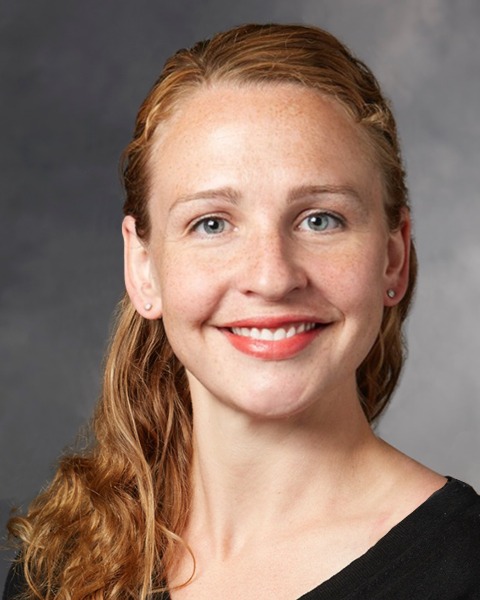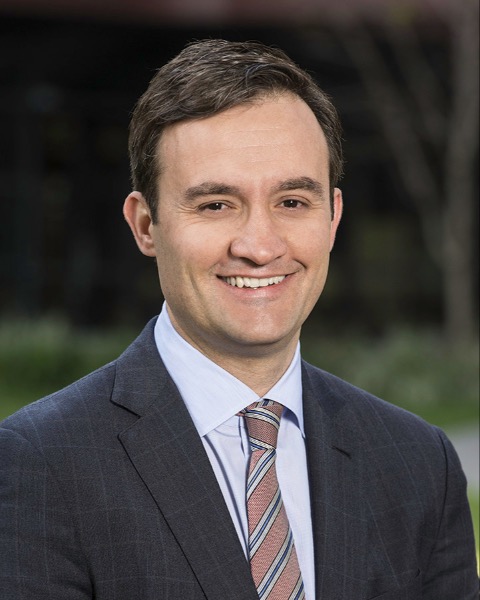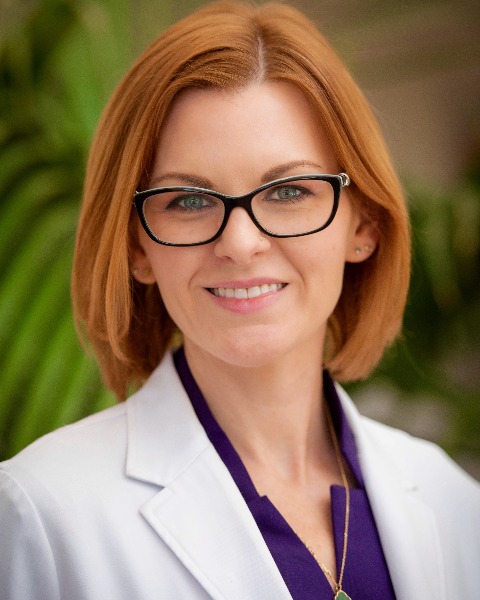Sarcoma
84: Single cell pharmacogenomic pipeline identifies novel opportunities in uterine leiomyosarcoma

Sara K. Daniel, MD (she/her/hers)
Fellow
Stanford University
San Jose, California, United States
Sara K. Daniel, MD (she/her/hers)
Fellow
Stanford University
San Jose, California, United States
Sara K. Daniel, MD (she/her/hers)
Fellow
Stanford University
San Jose, California, United States
Deshka Foster, MD, PhD
Fellow
Stanford University, United States- FN
Fatemah Nosrati, BS
Research Assistant
Stanford University, United States - MK
Maria Korah, MD
Resident
Stanford University, United States - MF
Mahsa Fallah, PhD
Post-doctoral Fellow
Stanford University, United States 
Beatrice J. Sun, MD (she/her/hers)
Resident
Stanford University School of Medicine
Stanford, California, United States- TL
Tyler Loftus, MD
Assitant Professor
University of Florida, United States - DH
Die Hu, PhD
Statistician
University of Florida, United States - MD
Monica Dua, MD
Clinical Associate Professor
Stanford University, United States 
Brendan C. Visser, MD
Professor
Stanford University
Stanford, California, United States
George Poultsides, MD (he/him/his)
Attending Surgeon
Stanford University
Stanford, California, United States
Amanda R. Kirane, MD, PhD (she/her/hers)
Assistant Professor
Stanford University
PALO ALTO, California, United States- ML
Michael Longaker, MD
Professor
Stanford University, United States - KG
Kristen Ganjoo, MD
Professor
Stanford University, United States .jpg)
Byrne Lee, MD (he/him/his)
Clinical Professor
Stanford University School of Medicine
Stanford, California, United States- DD
Daniel Delitto, MD, PhD
Assistant Professor
Stanford University, United States
Abstract Presenter(s)
Submitter(s)
Author(s)
Methods:
We performed scRNAseq on 8 recurrent uLMS samples at the time of surgical resection. Fastq files were processed through Cell Ranger (10X Genomics). Bioinformatic analysis was performed in R using the Seurat framework; pharmacogenomic analysis was performed using the drug2cell computational pipeline in Python (Wellcome Sanger Institute).
Results: All sarcoma cell clusters expressed caldesmon 1 (CALD1), α-smooth muscle actin (αSMA), and vimentin (VIM). Tumor cells were broadly classified into three phenotypes: 1) smooth muscle, 2) hormone receptor (HR)-expressing, and 3) translationally dysregulated. The most conserved phenotype in all samples was translationally dysregulated. This cluster was characterized by high proteasome activity and ribosomal biogenesis. One patient exhibiting pelvic recurrence provided samples at two different time points. Both tumors consisted almost entirely of the translationally dysregulated phenotype, with the recurrence demonstrating further elevations in proteasome-associated gene expression. Single cell pharmacogenomic analysis with the drug2cell package predicted activity of expected agents on uLMS cells compared with nonmalignant cells, including gemcitabine, docetaxel, and etoposide. Intratumoral heterogeneity factored heavily into predicted drug activity. Gemcitabine, fluorouracil, and vincristine activity largely correlated with the smooth muscle phenotype, while cisplatin had predicted efficacy in the translationally dysregulated type. Finally, several proteasome inhibitors emerged as promising agents in the translationally dysregulated phenotype.
Conclusions:
Recurrent uLMS is associated with significant intratumoral heterogeneity, which heavily influences predicted responses to therapy. Platinum agents and proteasome inhibitors have a high likelihood of efficacy against the most frequent cellular phenotype in uLMS peritoneal recurrence and warrant further testing. Our findings exemplify a pipeline that may hold promise in therapeutic discovery for rare diseases.
Learning Objectives:
- understand intertumoral heterogeneity in uterine leiomyosarcoma based on mutation status
- acknowledge the significant intratumoral heterogeneity in recurrent uLMS
- appreciate how scRNA seq can be used to predict response of tumor cells to chemotherapeutics
